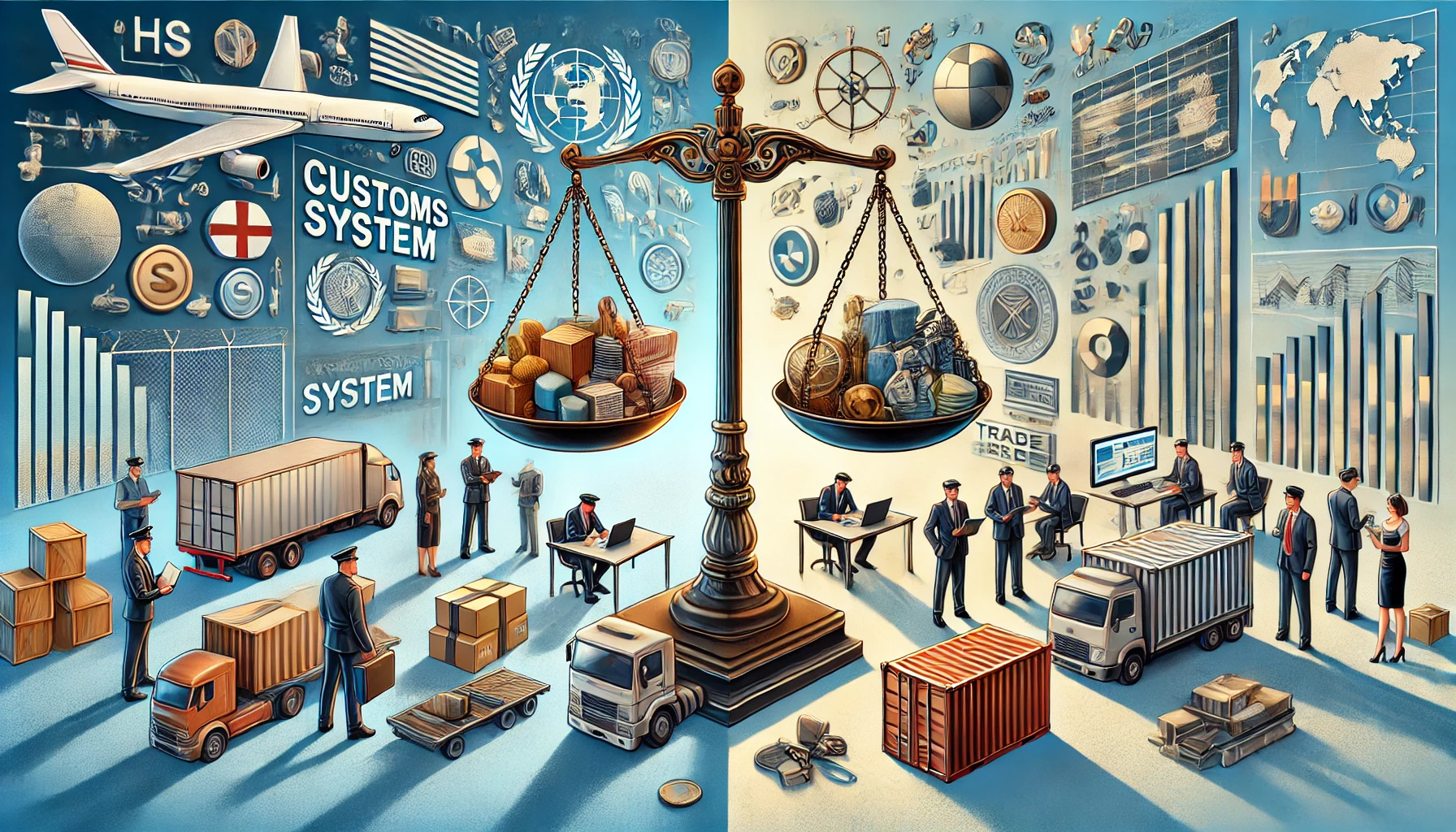The Hidden Tension in Global Trade Classification: Why Statistics and Tariffs Don't Always Mix

The recent WCO report on the Harmonized System (HS) brings to light a fascinating tension that has existed since the system's inception: the inherent conflict between collecting meaningful trade statistics and administering customs duties effectively. As someone who has worked with trade data for years, this distinction deserves more attention than it typically receives.
Think about it: when we classify goods for customs purposes, we need clear, verifiable physical characteristics that a customs officer can check at the border. Is it made of steel or aluminum? Is it more than 1 meter long? Does it contain more than 70% cotton? These are tangible attributes that can be tested and verified.
But modern trade analysis needs much more nuanced information. Take global value chains, for instance. Analysts desperately want to know whether a product is an intermediate good or a final product. Sounds simple, right? Not really. The same exact component might be an intermediate good in one supply chain and a final product in another. How can a customs officer possibly verify that?
Here's another example that highlights this tension: sustainability. There's growing pressure to track "green" products in international trade. But how do you verify whether steel was produced using "green" hydrogen or traditional methods? The physical product is identical. The production method leaves no trace that can be checked at the border.
This dual-purpose nature of the HS is becoming increasingly problematic as our need for sophisticated trade data grows. Statistical agencies want to track circular economy indicators, environmental goods, and complex value chain positions. Meanwhile, customs authorities need clear, enforceable classifications to collect the right duties and enforce trade measures.
The report suggests an intriguing solution: a potential "sister convention" that would collect additional statistical information without affecting tariff classification. This could be revolutionary. Imagine being able to collect data on whether plastics are virgin or recycled, without making that distinction affect the tariff rate. This would give us valuable environmental trade data without creating incentives for misclassification.
But there's a catch (isn't there always?). The HS is already complex, with multiple versions being used simultaneously around the world. Adding another layer of classification, even if only for statistical purposes, would require significant resources and coordination.
The underlying question is whether we can continue to serve two masters with one system. The report suggests that while both purposes are valid, the statistical function may be suffering more from this forced marriage. As global trade becomes more complex and policy needs more sophisticated, this tension will only increase.
Perhaps it's time to seriously consider whether these two functions need different tools. The suggested sister convention could be a step in that direction, allowing each purpose to be served optimally rather than both being served adequately.
The trade community needs to have an honest conversation about this. Are we willing to invest in new systems to get better data? Can we maintain the simplicity needed for enforcement while gathering the complex data needed for modern policy analysis? These aren't easy questions, but they're becoming increasingly urgent as global trade evolves.
The HS has served us remarkably well for decades, but like any system, it needs to adapt to changing needs. The report makes clear that we're reaching a crossroads where maintaining the status quo may no longer be the best path forward.
What do you think? Should we separate statistical collection from tariff classification? How would that affect your work with trade data or customs administration? Let me know in the comments below.
Other Posts:
- HS Code for Sony PlayStation 5 (PS5): 950450
- HS Code for Bluetooth Earbuds: 8518.30
- HS Code for Face Masks: 6307.90
- The Devil Is in the Details: Making Sense of the HS Review's Technical Recommendations
- Recent News on the Harmonized System (HS) - Update 2024-10-30
- HS Code for Battery Electric Cars: 8703.80
- Essential Guide to Tariff Classification
- HS Code for GLP-1: 2937.19
- Understanding and Classifying Products Using HS Codes
- WCO Strategic Review of the HS: Interim Report